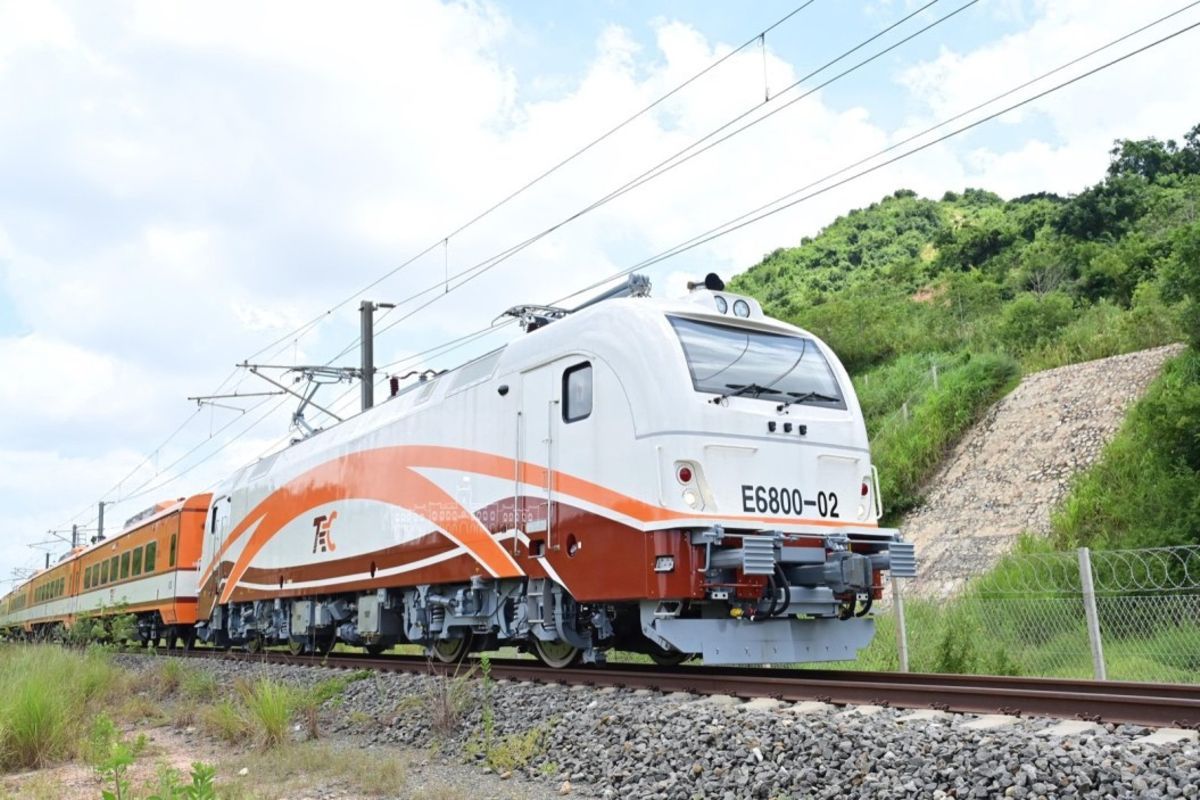I recently had a chance to travel on the newly launched SGR route from Dar es Salaam to Dodoma and Back. SGR stands for Standard Gauge Railway. The energy used on SGRs could be electricity as is the case in Tanzania, or diesel, as is the case with Kenya.
The experience was overwhelming. The train left and arrived on time, cutting the time duration by bus for the sector Dar es Salaam-Dodoma by more than half (from 8 hours to three and half hours). The train was spotlessly clean. The terminals can rightly be described as out of this world. The staff are well dressed and amiable.
SGR in Tanzania is the envy of many a neighbouring country. Happy Tanzanians are asking themselves, where have we been all this time?
Nevertheless, as we bask in the initial success of SGR, the government is engaging the Chinese to collaborate to rehabilitate the Tanzania Zambia Railway line, which was constructed in the late 1970s, and was a wonder of its own at that time. This is reminder that for SGR to remain shining, efficiency and high quality maintenance are important, very important.
We may take this opportunity to educate ourselves on SGR is particular, and on railway transport in general.
A standard-gauge railway is a railway with a track gauge of 1,435 mm measured between the inside of the railway tracks. The standard gauge is also called Stephenson gauge (after the railway transport founder, George Stephenson), international gauge, UIC gauge, uniform gauge, normal gauge in Europe, and SGR in East Africa.]
It is the most widely used track gauge around the world, with about 55 percent of the lines globally using it. We need not go into the intricacies of why this size, but, most fast electric railways are on standard gauge.
Railway transport, whether for freight or passengers, can be compared to bus/lorry transport.
Railway transport is faster as it does not get caught up in traffic. It is ideal for bulk and heavy transport over long distances. A standard wagon has a much higher load capacity compared to a lorry or a bus.
The SGR I travelled on recently, carried in the upwards of 1,600 people, which could mean the equivalent of 20 high capacity passenger buses!
A single wagon of a freight train can carry between 50 and 70 tons. A single goods train will have around 57 wagons which means a single freight train is capable of carrying around 3900 tons.
The cost of transporting goods and passengers over long distances using rail is less than the cost of transporting the same via road.
Rail transport is also reputed to be safer for goods as well as passengers. This is particularly true when one takes into consideration, the way our diabolical drivers, especially for buses and lorries, break all laws in the books, as they endanger the lives of passengers with speeding and dangerous overtaking.
Rail transport is more environmentally friendly compared to other modes of transport. Trains consume less fuel and emit less emissions.
This contributes to improving air quality and reducing the carbon footprint, a major global concern in this era. Rail transport can be preferred as a sustainable transport option.
However, we need to also consider some disadvantages of rail transport.
One, the routes and timings of a train is fixed and cannot be changed according to individual requirements. Two, railways cannot pick up the goods from the source location and or perform last mile delivery. This means goods require loading and unloading adding to the cost of transport.
Three, rail transport is not a cost-effective option for smaller loads and for short distances. Four, we have to remember that the railway network, especially in developing countries is not as extensive as that of roads.
In fifth place, rail transport requires high initial costs, such as the construction; and high running costs, such as maintenance and operation of the rail lines.
Given the higher carrying capacity as well as the higher speed of the railways, investors in road transport have complained of losing business.
This fear may be unfounded, and pre-mature. Many developed countries have various modes of transport running concurrently, and they all have their niche of the transport market. Buses have to improve their efficiency on routes covered by SGR, but to cover those areas, or nodes not served by SGR; as well as to increase the buses’ overall safety and reliability.
After all, road transport is the most widely used mode in Tanzania, carrying over 90 percent of the passengers and 75 percent of the freight traffic in the country
Welcome SGR. Maintaining efficiency and ensuring that the railway infrastructure is properly maintained should be your mantle.















